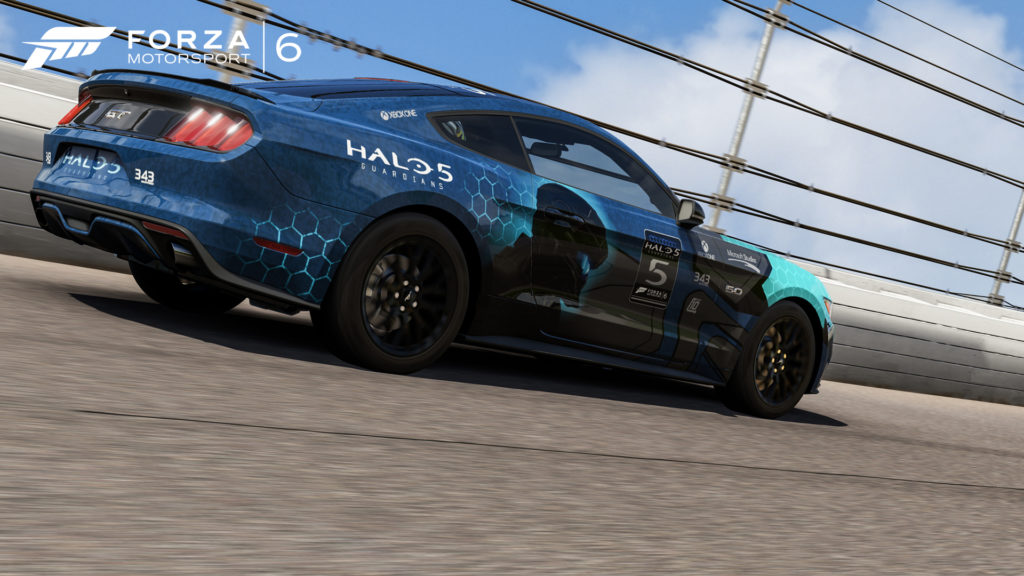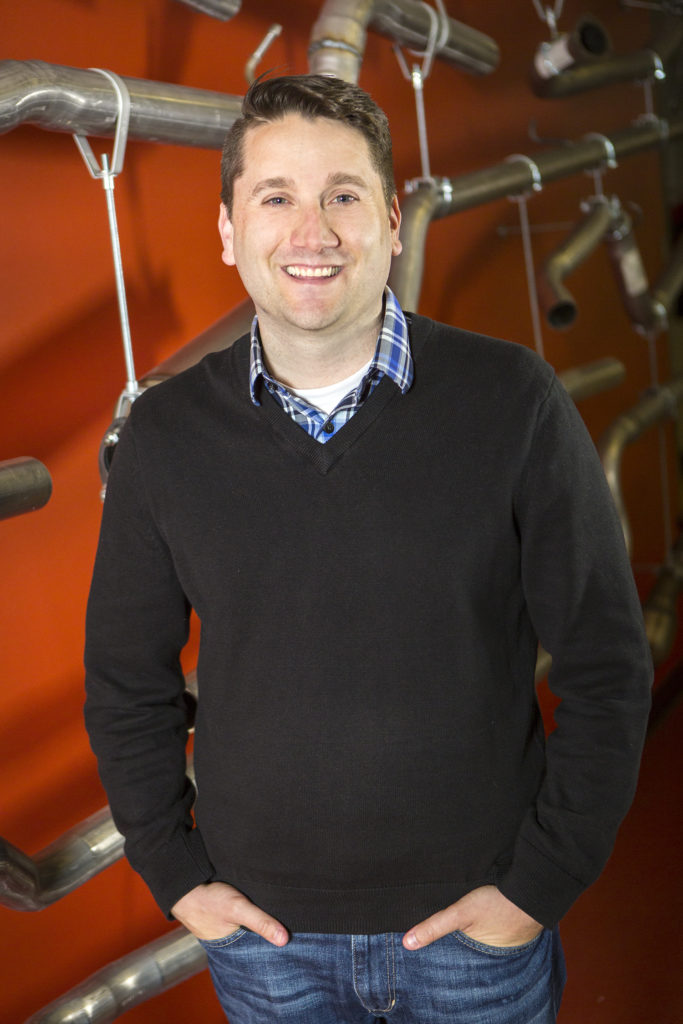
The convergence of gaming and the automotive industry has been a long time coming. As the graphics details in video games become more realistic and as hardware advances to points where it can handle the heavy computational duty required to simulate the driving experience, gaming studios have continued to push the boundaries of how much realism can be integrated into a driving simulation title. With last year’s release of the Xbox One console, gaming finally had a system with graphics and a CPU to fulfill the grand vision of simulated driving in an extremely realistic manner. I had a chance to check out the Forza Motorsport 6 booth at E3 and was quite impressed with the quality of visuals, the accuracy of the simulation, the modifications made to environments like the addition of rain, and most importantly the accuracy of the performances of the automobiles. The latter point was tremendously aided by the partnership with Ford for their new supercar, the GT, which is powered by an EcoBoost V6 engine that makes in excess of 600 horsepower. The partnership with Ford is an interesting development because it bears fruit for both parties. Beyond providing engineers with a system to simulate vehicle performance in a virtual world before track testing, it also allows gamers to join in on the fun and provide feedback that may become helpful in final calibrations of performance. It is like having millions of virtual engineers doing simulations. Ford literally gave Microsoft their CAD files to work with which is unheard of but speaks to the efforts to make this game the ultimate in driving simulation. We have had the opportunity to garner a lot of information on the design and engineering process of vehicles over the years and for this piece we spoke to Ford engineers and designers in addition to designers from the Forza Motorsport side. I had the pleasure of speaking to Creative Director of Forza Motorsport, Bill Giese, who was able to give us insight into the process of developing this game. Our dialogue is follows. We have edited for clarity.
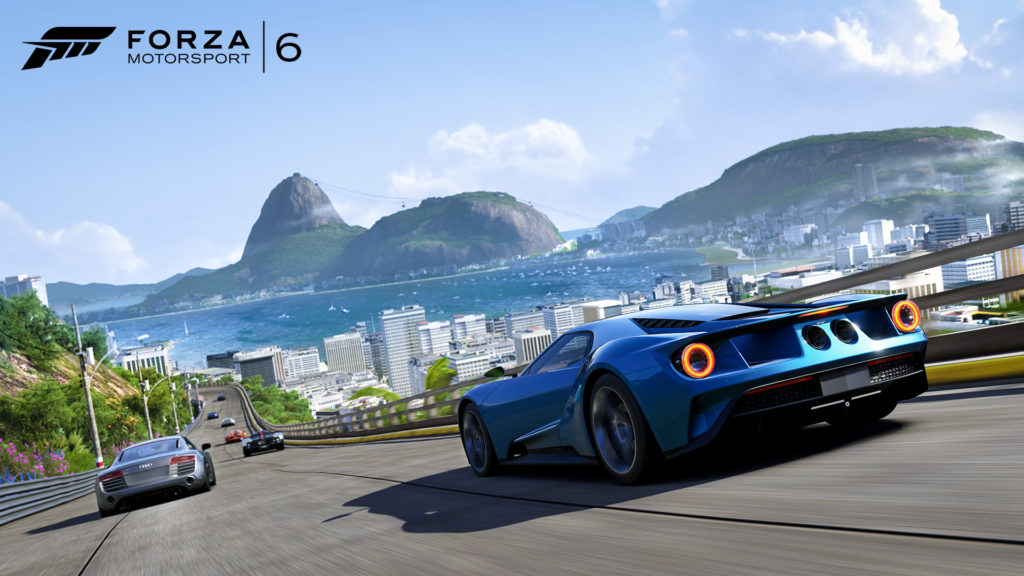
Damola Idowu: Working with Ford, their designers – we’d actually talked to their designers; they use a lot of game design engines to actually design vehicles like this. So talk about, from your perspective, from the game developers, how did that work out?
Bill Giese: Well, Ford specifically was very unique in that nobody really knew the car existed. Even higher execs up at Ford didn’t even know it existed. And so, it was great to be able to get in the ground floor that early. There’s only like five of us in the studio that knew and so we had to develop systems. We knew we were having a Hero car and we tried to build certain things around it and being able to have to use code words and other cars to do it, it’s a very tricky process.
But working with Ford, unlike most manufacturers, we get all the CAD data so when we build our car we have this process called body and wipe. We get the base mold from the manufacturer.
We get all of the data that they get from the dynos and all their engine stuff and we run that through our physics system.And so, with any relationship that we do with a Hero partner, they’ve been able to deliver some great things for us.
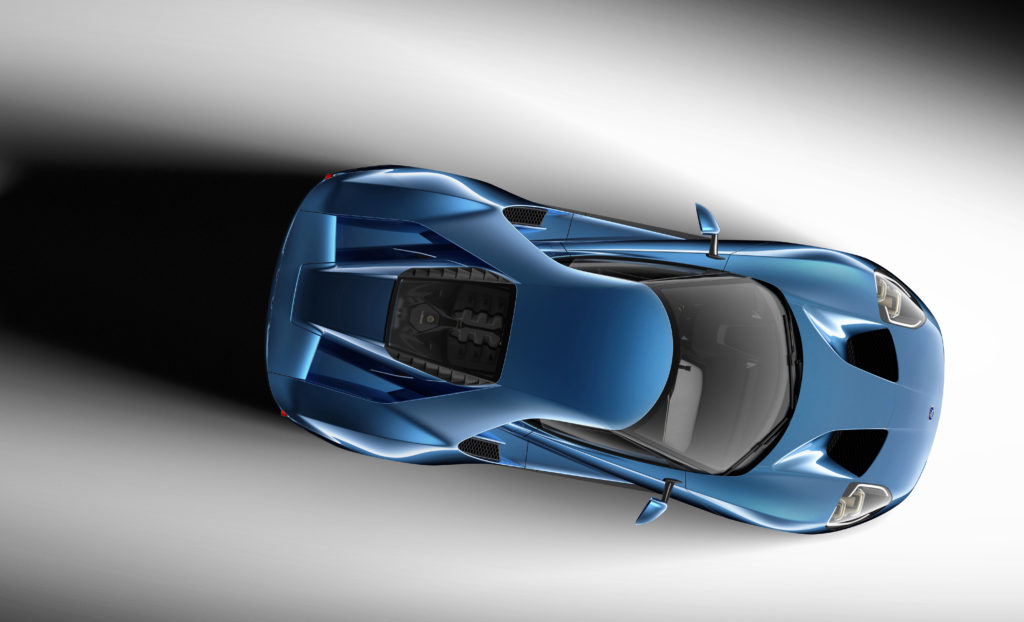
Damola Idowu: So, moving on in that process then, were you using any virtual reality in some of the modeling of this?
Bill Giese: So, not virtual reality, per se, but the CAD data that we get, that’s all 3D scan modeling of the car and so we implement that right into our system. They get those files right over to us.
Damola Idowu: Was there any going on to the driving grounds, trying to get some of that experience and how was (cont) that interpreted into the game itself?
Bill Giese: Just like anything else…. So, all the information we get – so we’ve got a great research team. They have the best job in the world where they get to travel around to millionaire’s garages and capture cars, go to dynos and get stuff. And so, they’re able to capture and get that information to be able to put that in the game. But normally, when we work closely with a partner, it’s very transparent. They give us all the information they have, all the data that they’re getting, all the data that they’re running is immediately handed off to us.
Damola Idowu: So how long did that process take of working and interacting with Ford?
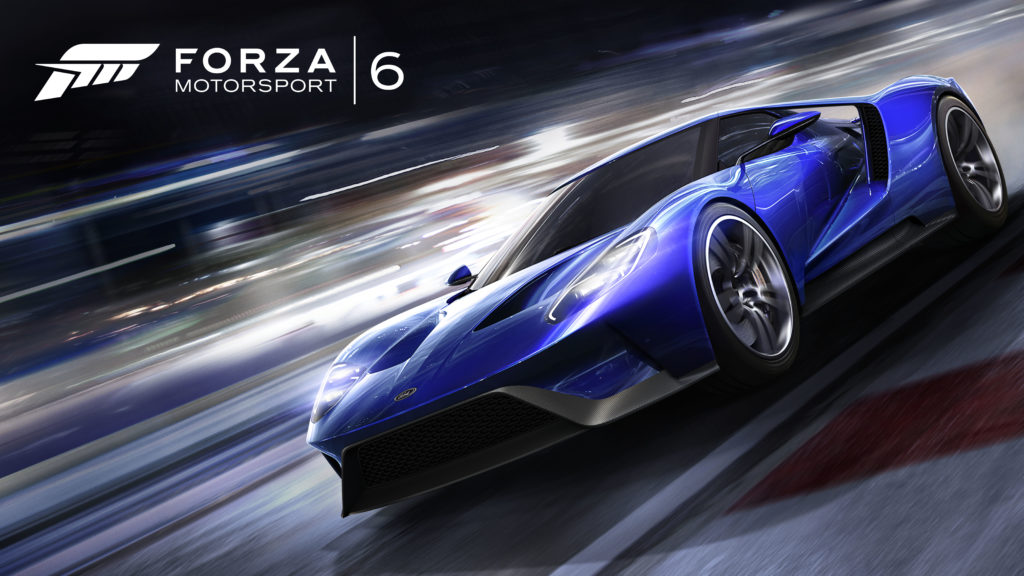
Bill Giese: This one? It was probably…I’d say about a good year.
Damola Idowu: So, from a year of…
Bill Giese: …from concept to what you’re seeing today. (E3 2015)
Damola Idowu: How does that relate to other processes of the other Forza developments?
Bill Giese: It’s pretty much the same. We know that when we start a new product, we want to find a great partner and we want to make sure that we’re able to highlight and show off the car in a very special and unique way. And so, we really try to do it as early as possible so that we can, again, trying to get in early on the announce of the car, it’s incredibly hard to do. There’s so many moving gears to get right.
Damola Idowu: And then you were also talking about the new engine. Could you kind of get more in depth with that?
Bill Giese: Our Forza Tech engine?
Damola Idowu: Yes.
Bill Giese: Absolutely. Obviously, with the integration of night and wet and 1080p60, the inclusion of 3D tire walls, we’re doing a lot more with particulates. We’ve got birds. We’ve got barbecue smoke. We’re really trying to make the track feel more alive.
Damola Idowu: And then also, you have a simulator downstairs. [Are] there any third parties that are actually going to be able to allow consumers to get into that?
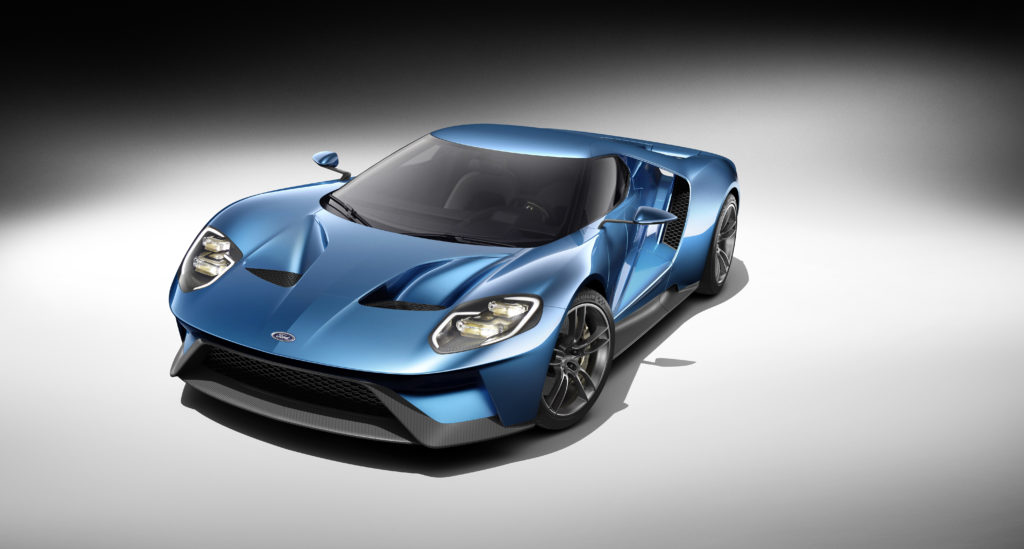
Bill Giese: D-BOX is the company that makes that. You can actually buy that hydraulics there. I think it’s like $60,000 or something. It’s pretty high-end. The physics engine that runs through there is based off our code.
Damola Idowu: And then obviously with Kinect and the HoloLens, one could imagine taking this into a more virtual experience.
Bill Giese: I can’t wait to claim more of the HoloLens. I’m so excited.
Damola Idowu: So, as a creative director with Forza, how could you imagine in your mind possibilities of things…
Bill Giese: How much time do you have….. (laughs)
Damola Idowu: Or if you could just toss us something- a nugget…
Bill Giese: You get the idea, the concept of HoloLens- I’ve only done one demo. I’ve only been able to do the Halo Demo, but the concept of being able to project things out in front of you, the possibilities are endless.
Damola Idowu: Yeah, and obviously the 3D sense and…
Bill Giese: It’s fantastic, yeah.
Damola Idowu: Could you foresee this going into a PC arena now, when you’re taking about HoloLens and Windows 10?
Bill Giese: We’re always looking at that definitely now that Windows 10 is going to be streaming Xbox One games.
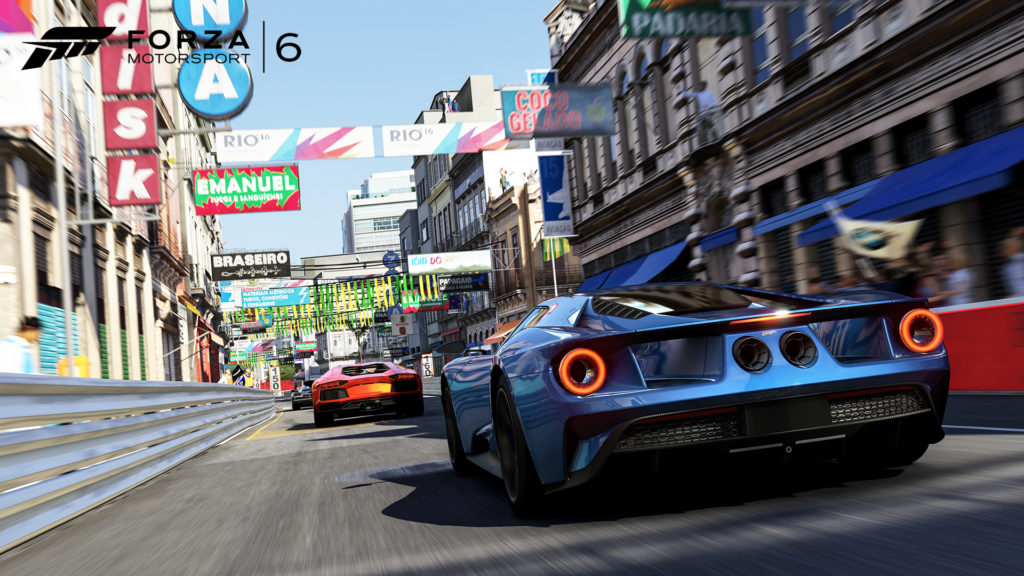
Damola Idowu: …In conclusion…so, for students and people that aspire to be able to one day work on that, what would you advise them to do? How would you advise them to prepare to get into game development?
Bill Giese: So, I dropped out of college. I went to work at Nintendo to answer phones before the internet of big things. The biggest thing I’ve learned more than anything is, if you love what you do and you work hard, you can do whatever you want. So if anyone wants, nowadays, you can do to any major college and there’s a curriculum for it – which is awesome. But what I find fascinating is people that want to learn all facets of it from not just development but to marketing to packaging to test, there’s so much that you can learn that makes your job even better.
Damola Idowu: What are the free tools? Would you suggest they use Unity or Unreal Engine 4?
Bill Giese: Absolutely. A lot of the guys that we look at for hiring internally are mod guys, guys that are just making stuff so any of the free tools, Unity and all that. Any of those mod guys, the process of making something, having it fail and learning from that is something that we do every single day so that’s what people have to do. They have to learn to fail to make it work better.
Damola Idowu: Are these for DirectX 11 or DirectX 12?
Bill Giese: This is DirectX 11. We’re now starting to look at DirectX 12 and we’re really excited for what we’re able to do with the possibilities of the future.
Damola Idowu:Thanks so much.
